News media needs more facts before covering Grady
News outlets covered stories about Grady High School without having the full picture.
In light of recent events concerning girl’s varsity cheerleading team at Grady, several outside news organizations hastily took the lead and published the story covering the incident.
As a result, the school received a significant amount of attention. Media trucks were parked outside the 8th Street entrance one week after the suspension was first announced.
While the team was involved in an altercation with other cheerleaders at another Atlanta high school, the media was quick to write stories with a limited access to information and no input from cheerleaders, themselves. These media outlets referenced one source, the letter Grady’s Principal Dr. Betsy Bockman released addressing the families and players involved in the incident.
The Atlanta Journal-Constitution, The New York Post, and other local Atlanta news outlets reported the suspension and incident that occured on Jan. 18.
While these news sources seized the letter from Dr. Bockman through an open records request, we, the editorial board, believe there was little other reporting done, and as a result, the school was represented superficially and unfairly. The stories published were slanted, and the Grady community was angry as to how the school was being portrayed.
Following the APS cheating scandal, parents in the district have been questioning whether to send their children to private or public school. This cheerleading incident further tarnishes Grady’s reputation, especially as it was widely broadcasted.
Grady is known as a unique and diverse school but it is also known for its excellent academics and athletics, with a 92 percent graduation rate, which is higher than 72 percent of schools in the state and higher than its district average. This inaccurate portrayal of Grady should not undermine the students’ accomplishments.
From an interview the Southerner conducted, an anonymous cheerleader stated, “It seems like it’s a group punishment for something that only three people did, and [the suspension] probably wouldn’t happen in any other athletic program at Grady.”
These news outlets only covered half of the story with no foundation or facts of the proceedings. The words taken strictly from the letter were singled out, overdramatized, and taken out of context.
In our introductory journalism class, we were thoroughly taught the Society of Professional Journalists (SPJ) Code of Ethics, so we make a conscious effort to live by these principles with every article we produce.
As a journalistic community, we support all publications, especially concerning the coverage of news. We don’t blame the AJC or the NY Post for covering the suspension of Grady cheerleaders, but we believe it was premature. If there had been more in depth reporting, the community may have been more satisfied.
This is a lesson of rushing to judgement based on circumstantial evidence — the ethics of journalism. Similar to videos taken such as in cases of police brutality or the Covington Catholic High School students taunting a Native American man in Washington D.C. on Jan. 20, at times, you only catch a small part of the story.
News outlets either on a deadline or in a rush to publish, search for a trigger, but all stories have a nuance. Every story has layers, and it takes time to discover and understand the layers and look at a situation from all angles. The Southerner would like to focus on and emphasize facts, not sensations, moving forward.
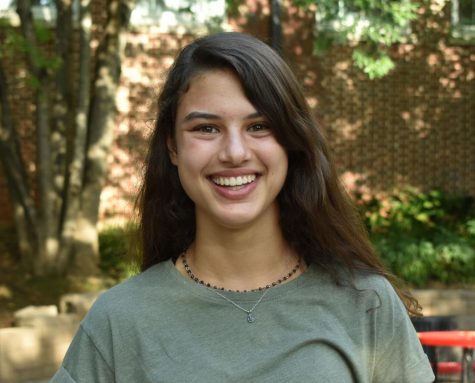
Kaitlin Palaian is a senior and ready to co-lead the sports section to excellence this year. She is excited to be on staff again this year and share what...

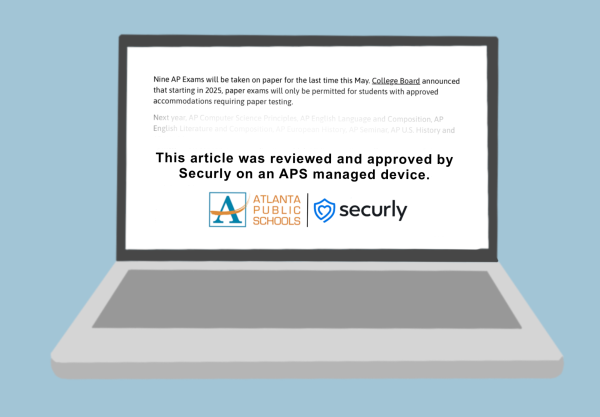

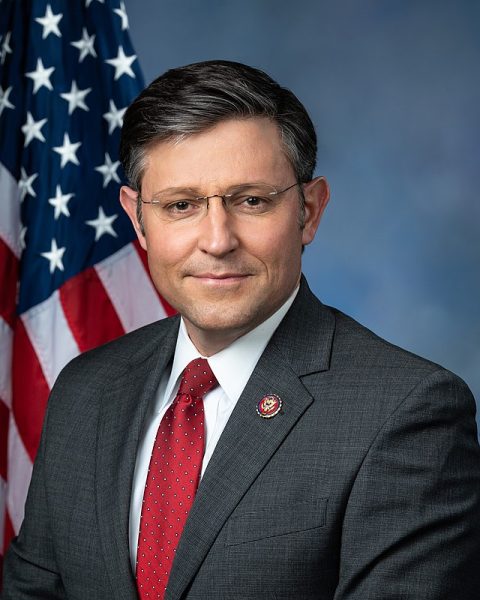

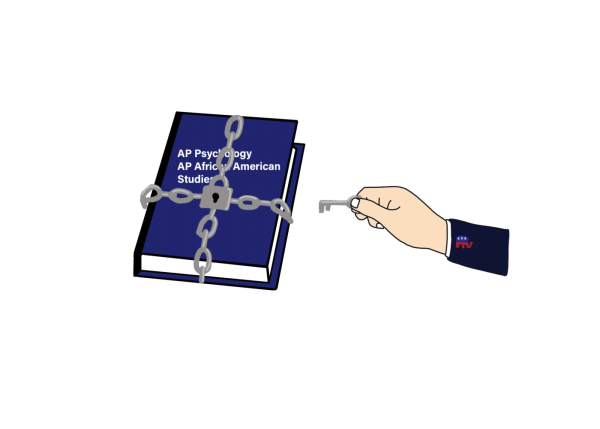
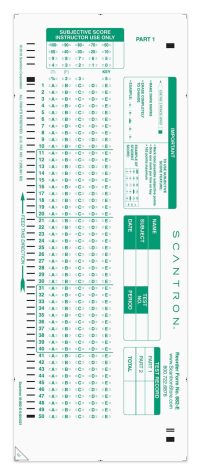
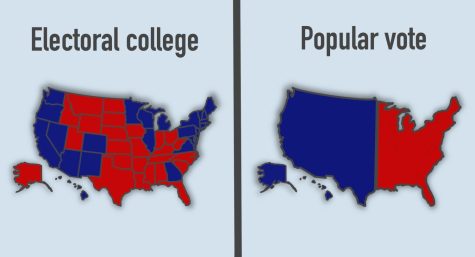




Debbie Mobley • Feb 11, 2019 at 5:10 pm
I don’t disagree with the editorial board’s comments, but I believe they also apply to the Southerner’s January 31st article covering the same story. There was very little in the Southerner’s version of the story other than the contents of Dr. Bocknan’s letter. Only the quote from the anonymous cheerleader was added to the Southerner’s version, as far as I can tell. Otherwise it’s very similar to the AJC version.